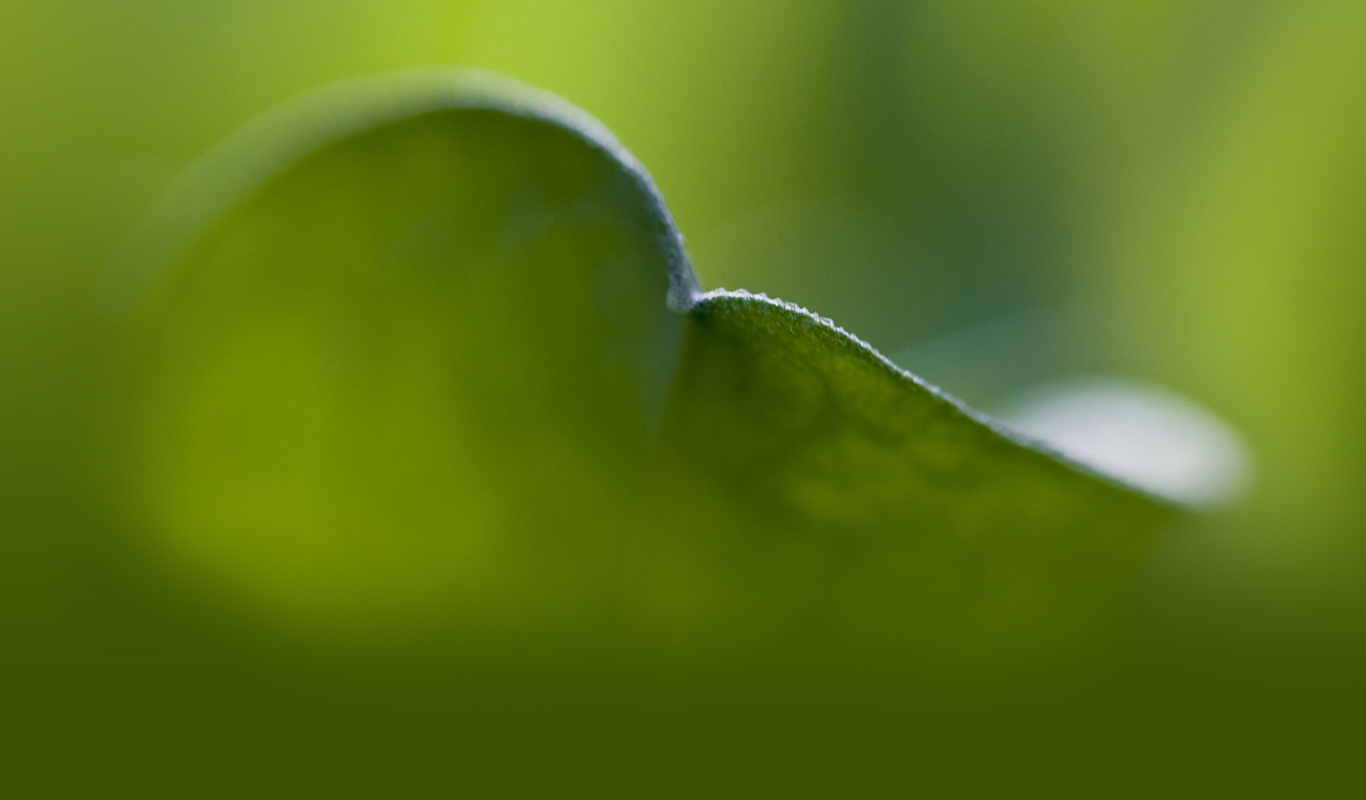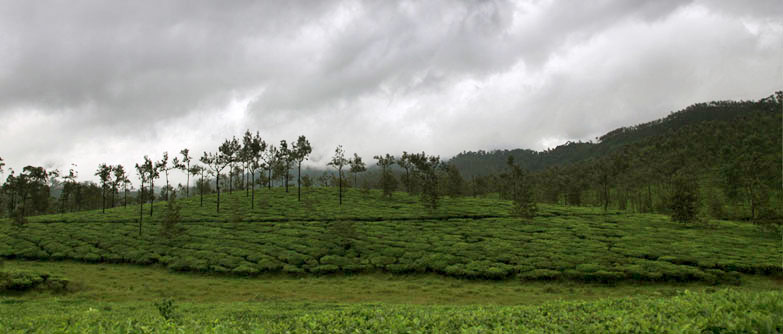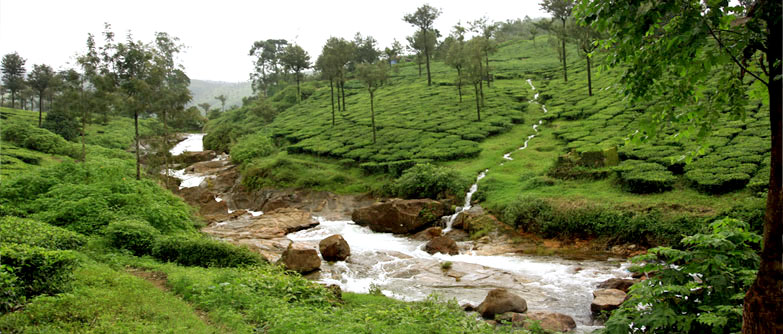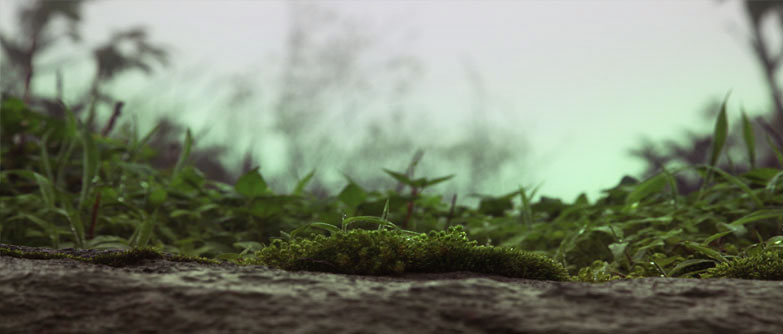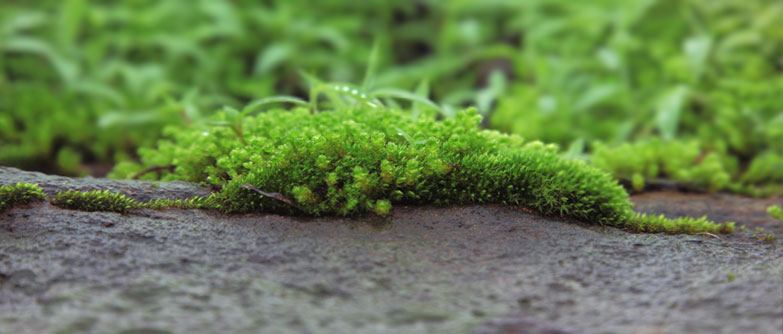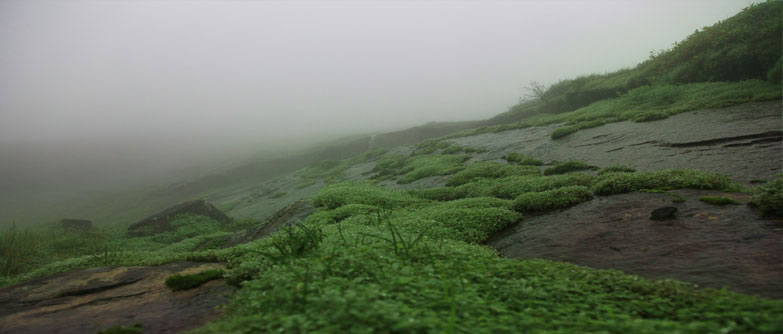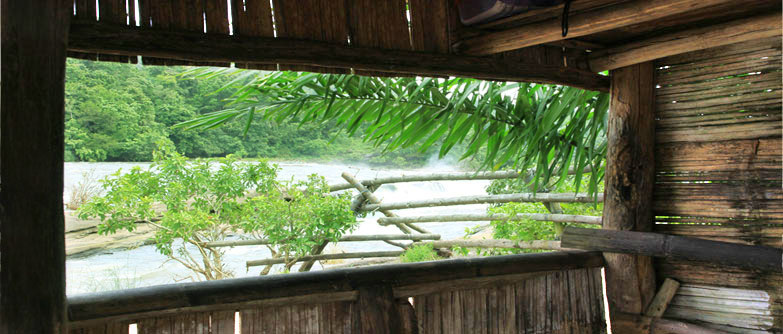VALPARAI
A quintessential small town which matured from a colonial-age transit point, Valparai is unhurried and serene. It is the idyllic place to let lose your formality and succumb to the elements of the nature. The Valpara plateau is surrounded by four protected areas — Indira Gandhi Wildlife Sanctuary, Chinnar Wildlife Sanctuary, Eravikulam National Park and Parambikulam Wildlife Sanctuary.It is the perfect sojourn for the wearied souls, Walk through the coffee and tea plantations or take a guided trek in the verdant trails of the grass hill, Valparai and its environment is best undefined and a feeling which can only be experienced.
Imperial Gazetteer of India. 1885
Wild animals are plenty in the region left undisturbed by commerce for a lot many years. They include endemic species like the wild trash and the gertiugy. The Valparai Plateau is surrounded by four protected areas — Indira Gandhi Wildlife Sanctuary, Chinnar Wildlife Sanctuary, Eravikulam National Park and Parambikulam Wildlife Sanctuary — and contains large areas of tea, coffee and cardamom estates that occupies an area of approximately
Quick Look at the Geographical aspects
Location :Tamilnadu, Coimbatore Dist. ValparaiAccess : Via Pollachi / From Cochin, Chalakudi Via Atharapilly
Latitudes : 10° 13.2' and 10°33.3'N
Longitude : 76° 49.3'E and 77° 21.4'
Tiger Reserve Area : 958 Sq.Km
Altitude : 1080 MSL
Average Rainfall : 500 – 5000 mm South West & North East
Best Season : January and May to December
Climate : Moderate Warn climate almost through the year and fairly cloud during winter months (November & December)
Valparai ! The Seventh Heaven – Bio Diversity
Valparai (popularly known as the Anamalais) is one of the hot spot of biodiversity in the Western Ghats. The unique ecological tract has an undulating topography and diverse climate variations which supports a wide variety of flora and fauna including many endemics. Tribal in Anamalais from an integral part of the major attractions for a wildlife enthusiast and researches.
Forest Types and Habitats inside
Types of Forests :
- Tropical Wet evergreen
- Tropical moist deciduous
- V semi evergreen
- Tropical dry thorn
- Tropical evergreen
- sub- Tropical broad leaved
- montane wet temperature forests ( Shola & Grassland)
The Flora
The floral diversity is enormously rich as the terrain offers a wide range of natural parameters namely topography, climate, temperature, rainfall etc. the floral wealth has been estimated to be over 2000 species of which about 400 and odd species are of medicinal value. Hence the popularly known Karian Shola area has been identified as a MPCA (Medicinal Plant Conservation Area).
The Fauna
The Faunal diversity in valparai is also equally rich and it offers the best asylum for many rare and endangered species of birds and Mammals
Birds
Over 320 species of birds have been authentically identified within this park and it shows the biological richness of this area.
Aquatic : cormorant, Ducks, Teal, darter.
Terrestrial : Partridge, Quail, Jungle Fowl, Spur fowl, Pea Foul.
Frugivorous : Parakeets, Hornbills, and Barbets.
Insectivorous : Drongos, Orioles, shrikes, Warblers, Flycatchers, Woodpeckers, Chloropsis, Trogon.
Fish Eaters : King Fishers, strokes, egrets, fish Eagle.
Birds of prey : Eagles, Hawks, Harriers, Falcons, and Kites.
Nocturnal Birds : Owls, Nightjars, Srilankan Frog Mouth.
Aquatic : cormorant, Ducks, Teal, darter.
Terrestrial : Partridge, Quail, Jungle Fowl, Spur fowl, Pea Foul.
Frugivorous : Parakeets, Hornbills, and Barbets.
Insectivorous : Drongos, Orioles, shrikes, Warblers, Flycatchers, Woodpeckers, Chloropsis, Trogon.
Fish Eaters : King Fishers, strokes, egrets, fish Eagle.
Birds of prey : Eagles, Hawks, Harriers, Falcons, and Kites.
Nocturnal Birds : Owls, Nightjars, Srilankan Frog Mouth.
Mammals
Felines : Tiger, Panther, Leopard cat, Rusty spotted cat, Jungle cat, small Indian Civets, Marten, Stripe Necked Mongoose, Ruddy Mongoose, etc.,
Canines : Wild Dog, Jackal
Primates : Bonnet Macaque, Common Languor, Lion Tailed Macaque, Nilgri Languor, Slender Loris
Rodents : Malabar Giant Squirrel, Grizzled Giant Squirrel Porcupine, Flying Squirrel, Spiny Dormouse, Felid Rat etc.,
Hoofed Animals : Sambar, Spotted Deer, Mouse deer, Barking Deer, Gaur, Nilgiri Tahr
Pachyderm : Elephant
Otters : smooth clawed otter.
Canines : Wild Dog, Jackal
Primates : Bonnet Macaque, Common Languor, Lion Tailed Macaque, Nilgri Languor, Slender Loris
Rodents : Malabar Giant Squirrel, Grizzled Giant Squirrel Porcupine, Flying Squirrel, Spiny Dormouse, Felid Rat etc.,
Hoofed Animals : Sambar, Spotted Deer, Mouse deer, Barking Deer, Gaur, Nilgiri Tahr
Pachyderm : Elephant
Otters : smooth clawed otter.
Reptiles & Amphibians
Amphibians: Toads, Microhylids, Leaping Frogs, Torrent frogs, Tree Frogs etc.,
Snakes : King Cobra, Python, Cobra, Krait, vipers, Grass snakes etc.,
Tortoise and Turtles : Forestcane turtle, Travancore tortoise, Flap shells, star Tortoise, etc.
Lizards : Flying Lizards, Chameleon, Forest calotes, fresh water crocodile etc.,
Snakes : King Cobra, Python, Cobra, Krait, vipers, Grass snakes etc.,
Tortoise and Turtles : Forestcane turtle, Travancore tortoise, Flap shells, star Tortoise, etc.
Lizards : Flying Lizards, Chameleon, Forest calotes, fresh water crocodile etc.,
ECO Commandments within forest area
- Entry in Forest within permission during the specified hours only
- Wildlife sighting is a matter of chance. Information of all sightings and appreciate the habit also.
- Wear dark cloths, if possible, so as to be inconspicuous and merge with in surroundings.
- Maintain absolute silence during van and Elephant rides for better sighting.
- Do not kindle fire in the forest and avoid smoking while in the forest.
- Use spot lights, fast driving, blowing of horn etc., is to be avoided.
- Shouting at, teasing, chasing or feeding animals is punishable.
- Campfires, music, cooking, littering, use of river for bathing, washing and fishing is punishable.
- Consumption of alcoholic drinks and carrying of arms in forest area is strictly prohibited.
